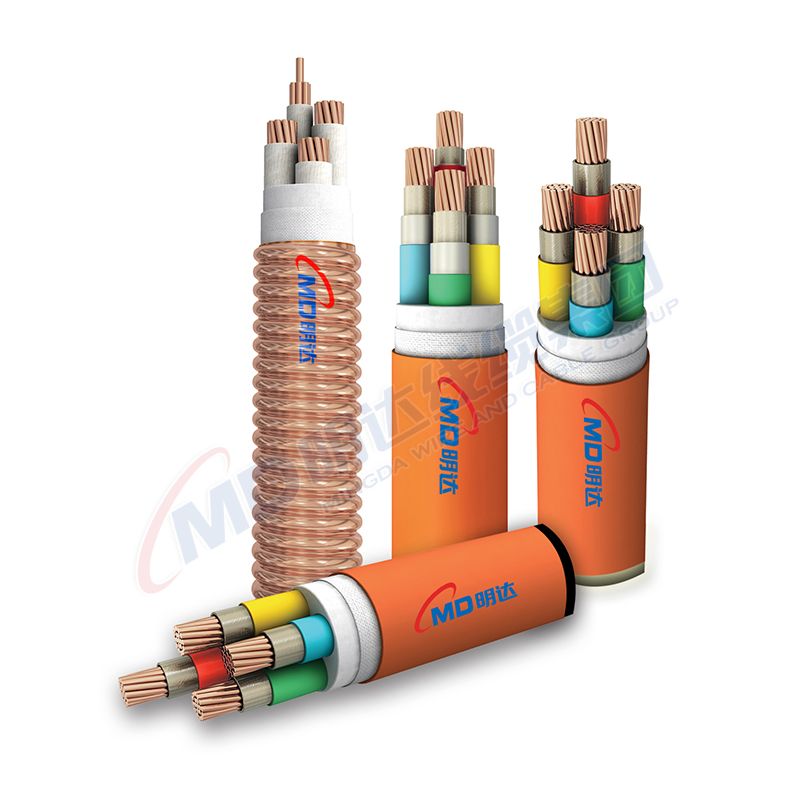Des . 10, 2024 03:59 Back to list
Rubber Expansion Joint with Flange Design for Effective Pipe Connections and Flexibility
Understanding Rubber Expansion Joint Flange Types
Rubber expansion joints are vital components in modern industrial and plumbing applications, designed to absorb movement, vibration, and misalignment between connected pipes or equipment. Among the various designs available, flange types are particularly popular due to their simplicity and ability to provide a secure connection. This article will explore the features, benefits, applications, and considerations related to rubber expansion joint flange types.
What is a Rubber Expansion Joint?
A rubber expansion joint is a flexible connecting piece made of rubber or elastomeric material that accommodates movement in piping systems. It can absorb thermal expansion, contraction, and vibrations, while also compensating for misalignment. These joints are commonly used in various industries, including HVAC, wastewater treatment, chemical processing, and power generation.
Flange Types of Rubber Expansion Joints
Rubber expansion joints are available in several flange configurations, including
1. Flat Face Flanged Joints These joints feature a flat surface for bolting, making them versatile and compatible with standard flanged pipes. They are typically used in low-pressure applications and can simplify installation.
2. Raised Face Flanged Joints With a raised surface that enhances sealing capacity, raised face flanged joints are ideal for high-pressure systems. They provide a stronger connection and reduce the risk of leaks.
3. Lugged Flanged Joints These joints have lugs or projecting edges that allow bolt holes to fit, offering greater stability and easier alignment during installation. They are especially useful in rigid piping systems or where space is limited.
4. Victaulic Flanged Joints Specially designed for grooved piping systems, these joints utilize a clamp mechanism to connect and seal, providing flexibility and ease of maintenance.
Benefits of Rubber Expansion Joint Flange Types
Rubber expansion joints with flanges offer a range of benefits
- Flexibility They easily absorb movements caused by thermal expansion, seismic activities, or vibration, significantly reducing stress on connected pipes and machinery.
- Noise and Vibration Dampening The elastic nature of rubber helps reduce noise transmission and vibration, creating a quieter and more stable working environment.
- Corrosion Resistance Many rubber materials are resistant to corrosion and chemical attack, making them suitable for use in harsh environments and with various fluids.
rubber expansion joint flange type

- Ease of Installation Flanged designs simplify installation and maintenance
. They can be easily bolted onto existing systems, reducing downtime and labor costs.- Customizability Rubber expansion joints can be manufactured in various sizes, lengths, and materials, allowing for customization to meet specific application needs and conditions.
Applications
Rubber expansion joints are extensively used in various industries due to their adaptability and efficiency. Some common applications include
- Pumping Stations They accommodate vibrations and shifts in the system, ensuring smooth operation and prolonging the life of pumps.
- HVAC Systems Rubber expansion joints manage thermal expansion in heating and cooling systems, maintaining system integrity.
- Chemical Processing They can handle a variety of chemicals safely and effectively, providing a reliable solution for connecting pipe sections.
- Power Generation Used in power plants for steam and water transport, these joints help mitigate the effects of pressure fluctuations and mechanical movements.
Considerations for Choosing Rubber Expansion Joints
When selecting a rubber expansion joint, it is essential to consider several factors
- Material Compatibility Ensure the rubber material is suitable for the fluids and environmental conditions of the application.
- Temperature and Pressure Ratings Check the operational limits to ensure the joint can safely accommodate the expected conditions.
- Movement Capability Understand the anticipated axial, lateral, and angular movements to select the appropriate joint design.
- Installation Space Measure available space carefully to choose a joint that fits without compromising system integrity.
In conclusion, rubber expansion joint flange types are indispensable components in many industrial settings. Their flexibility, ease of installation, and ability to absorb movements make them ideal for ensuring the reliability and longevity of piping systems. By understanding the different flange types and their applications, engineers and maintenance professionals can make informed decisions that enhance system performance and safety.
Share
-
Reliable Wafer Type Butterfly Valves for Every IndustryNewsJul.25,2025
-
Reliable Flow Control Begins with the Right Ball Check ValveNewsJul.25,2025
-
Precision Flow Control Starts with Quality ValvesNewsJul.25,2025
-
Industrial Flow Control ReliabilityNewsJul.25,2025
-
Engineered for Efficiency Gate Valves That Power Industrial PerformanceNewsJul.25,2025
-
Empowering Infrastructure Through Quality ManufacturingNewsJul.25,2025